Teaching Back in Practice
التفريغ النصي
اخفاء التفريغTeaching Back Methodology in Practice Why we need Teach-back If you ask patients whether they have any questions, they will often say they don't, even if they don't really understand what you've told them. Using Teach-back helps you more accurately determine your patient's level of understanding so you can adapt your communication as needed. What you need to consider during Teaching Back When using Teach-back with older adults, consider the following, mild or moderate hearing impairments often occur with age, in these cases you need to use a lower voice pitch. Oh speak naturally and distinctly, and to minimize background noise. Also, we need to consider that the information processing speed declines with age, so you need to limit the amount of new information delivered during each visit. And slow down the rate of delivery. When using Teach-back with children, consider the following, the conversation with the child should be appropriate to child age, visual aids can support communication of new diagnoses and new therapies, such as the use of an inhaler, dot, both the patient and the caregiver should understand the information being shared. When using Teach-back with patients who speak a different first language, consider the following, we need to us medical translation services as it is very beneficial if available. Both verbal and nonverbal cues can help with communication, and visual aids can support communication. Some key elements for using Teach-back effectively. First, you need to use a caring tone of voice and attitude, second, display comfortable body language and make eye contact. Third, use plain language free of medical terms. Fourth, ask the patient to explain back, using their own words. Fifth, use non-shaming, open-ended questions. Sixth, avoid questions that can be answered with a simple yes or no. Seventh, rephrase if the patient does not understand. Do not simply repeat. Eighth, emphasize that the responsibility to explain clearly is on you as healthcare provider. Ninth, use reader-friendly print materials to support learning. Tenth, if the patient is not able to Teach-back correctly, explain again and recheck. Second, ask for Teach-back until you are comfortable the patient really understands. 12th, document use of, and the patient responds to Teach-back. If the patient is not able to Teach-back after several times, consider other strategies like, including a family member, taking a break or scheduling another opportunity, or an asking another member of the healthcare team to explain. Thank you, continue to the next session.
محتوى البرنامج
- Pre-test image
- Pre-test
أنت على وشك بدء الاختبار. Pre-test
فور بدء الاختبار سوف تحسب لك محاولة جديدة لأخذ الاختبار
- Post-test image
- Post-test
أنت على وشك بدء الاختبار. Post-test
فور بدء الاختبار سوف تحسب لك محاولة جديدة لأخذ الاختبار
